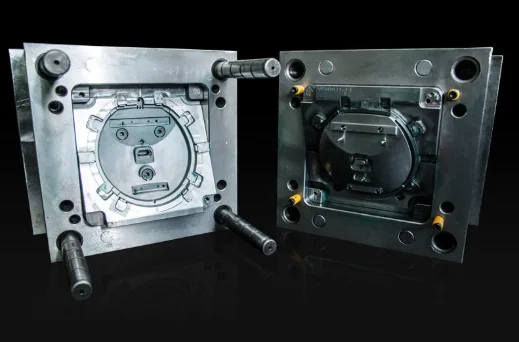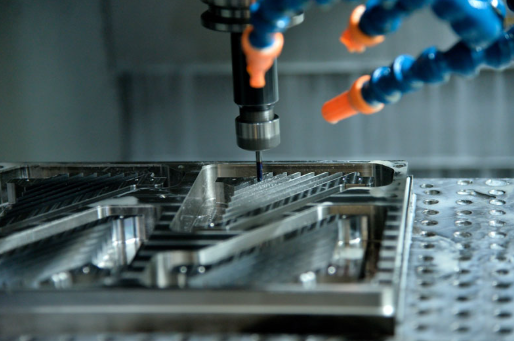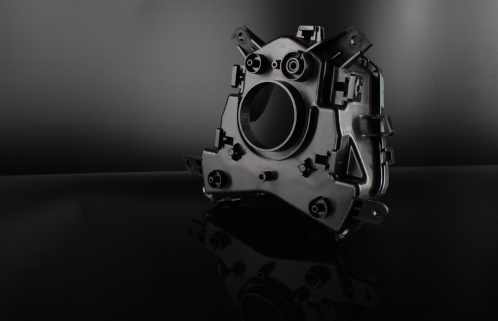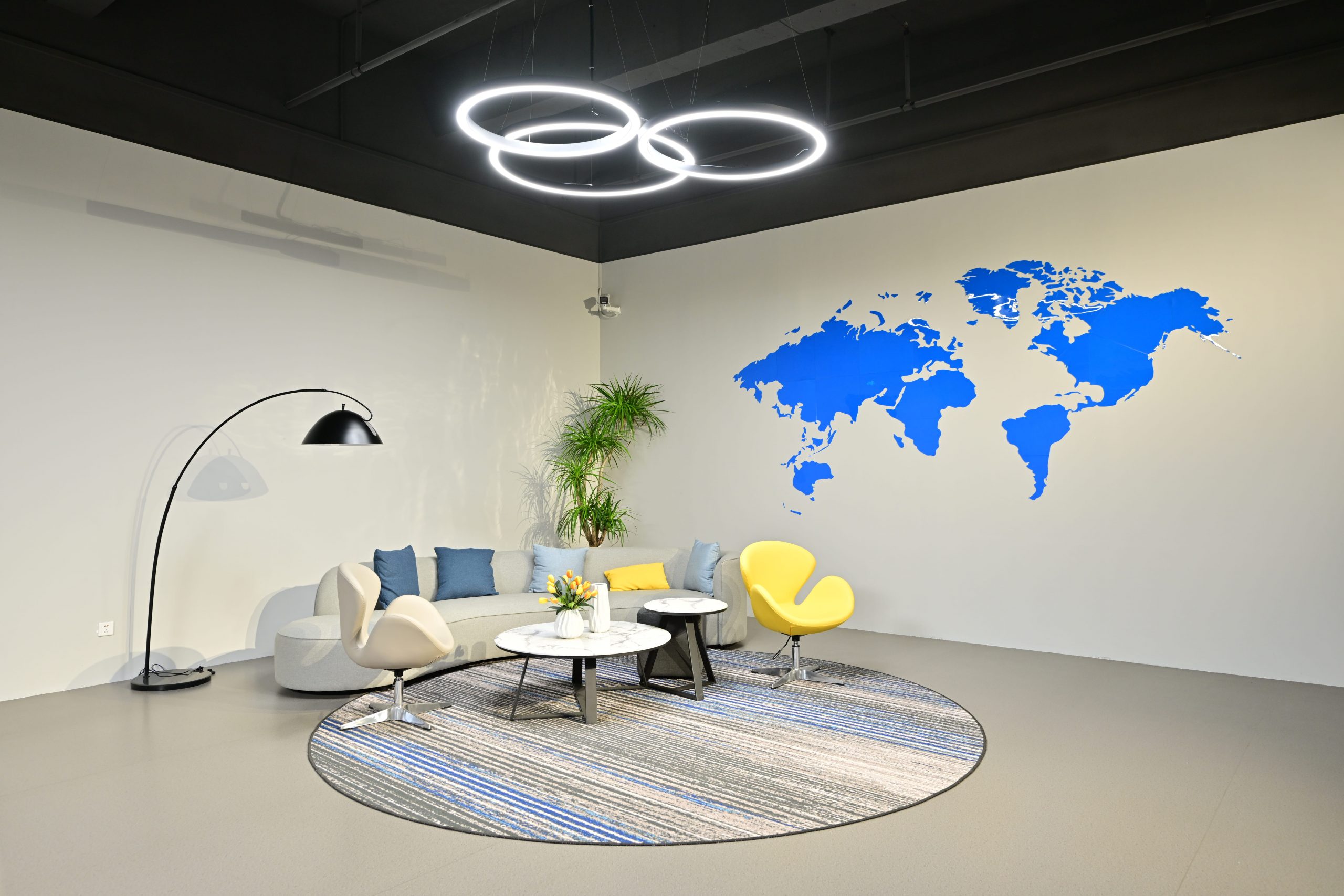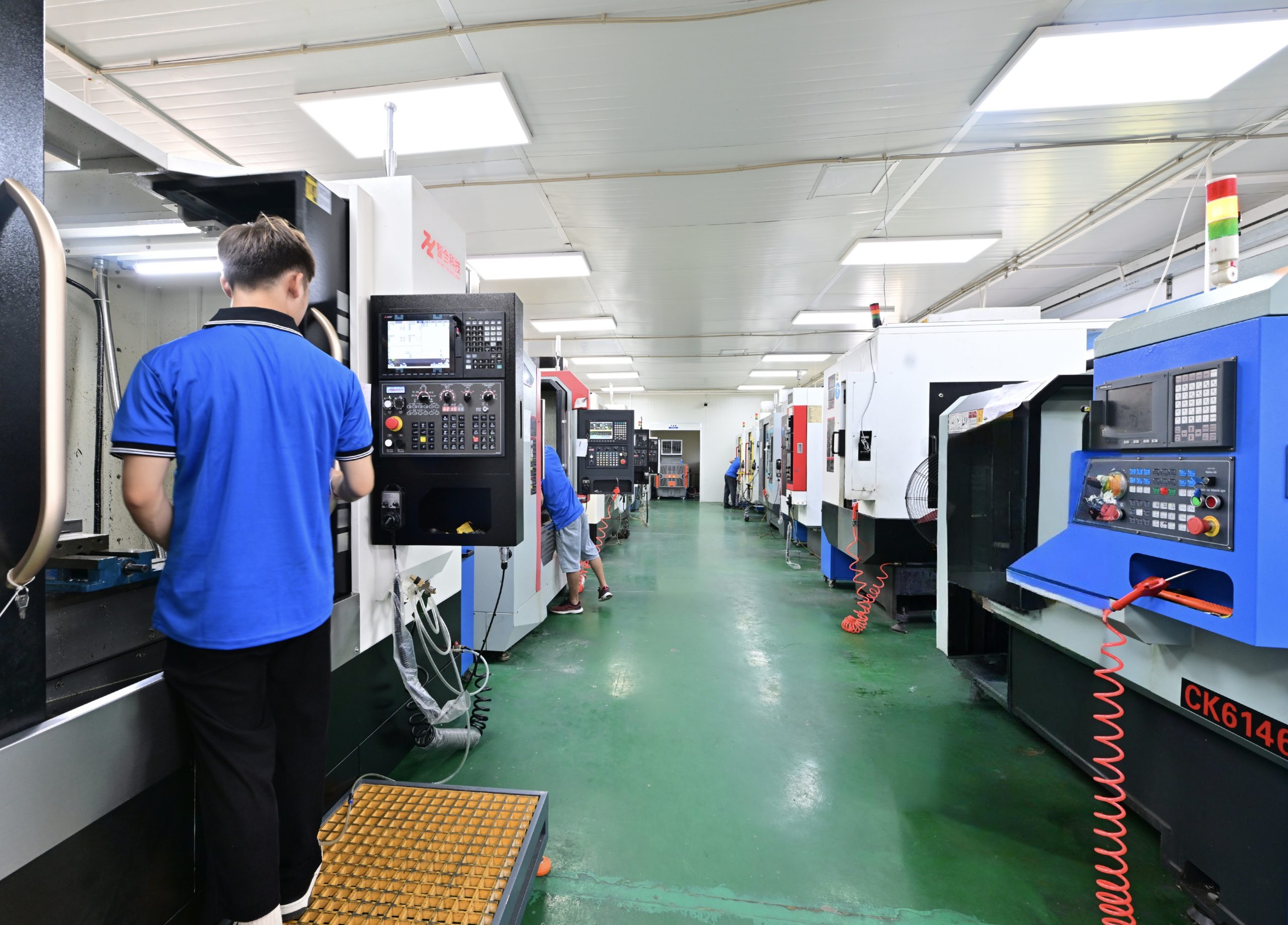When manufacturers require precision, innovation, and quick turnaround times on their machine prototypes for evaluation and testing before they go into full production, they turn to prototype machining services.
This type of prototyping technique is used in made-to-order parts and components requirements in various industries including automotive, defense, electrical, medical technology, and many others.
In this article, we are going to analyze how product development can benefit from prototype machining.
Table of Contents
ToggleWhat is Prototype Machining?
Prototype Machining involves using CAD designs as input and as such, parts are manufactured from a block of material using computer-controlled machines. It can also be called a subtractive type of rapid prototyping as opposed to 3D printing, which is additive.
The subtractive aspect of the process is due to the CNC machine removing parts of the material to accurately create the final part according to the specification of the CAD model. It can accommodate small batches of prototypes to provide accurate results.
Advantage of Using Prototype Machining in Product Development
Prototype machining offers many advantages to product development. Here are some of them.
Fast
With all the developments and advancements in software applications and machines, prototype machining is one of the quickest and most reliable techniques for making parts in metal and rigid plastics.
This speed is also applicable to the setup and processing time. In prototype machining, the three-dimensional parts are converted in G-code. It contains cutting instructions for the machine. Once programmed, the machine will begin working on the metal bock and convert it into the desired product in a matter of minutes.
Accurate
Through prototype machining, the computer program can create a 3D model. Once the specifications are entered into the computer, the machine will follow the instructions in the computer software and work in controlled movements, generating an accurate model.
Since there are no conventional means in generating the prototype the level of accuracy is very high and it produces tight tolerances. This accuracy and tolerance are highly repeatable and can be achieved in an unlimited number of parts.
No Fixed Tooling Required
Other prototyping techniques require tooling and depending on the complexity of these molds, it may require weeks if not days to make them. In prototype machining, the only tools used are various forms of cutting inserts attached to the spindle. These implements can be changed and replaced in a few seconds.
Open for Modifications
Unlike other techniques, you can easily modify the design by changing a few lines in the program. This benefits prototyping since it gives the designers opportunity to test the iterations and evaluate the results.
It gives the manufacturers an opportunity to change the design before going into full production, saving them a lot of money. It can also reduce the delivery time without additional costs.
Versatility in Materials Used
Prototype machining can accommodate a variety of materials as long as the material is hard enough to withstand the pressure of cutting and milling. Because of this, product developers can use material on their prototypes that are similar to the final product.
We highly recommend using prototype machining to create prototypes for product designers and engineers. It can produce prototype parts quickly without losing the slightest detail from the CAD software.

